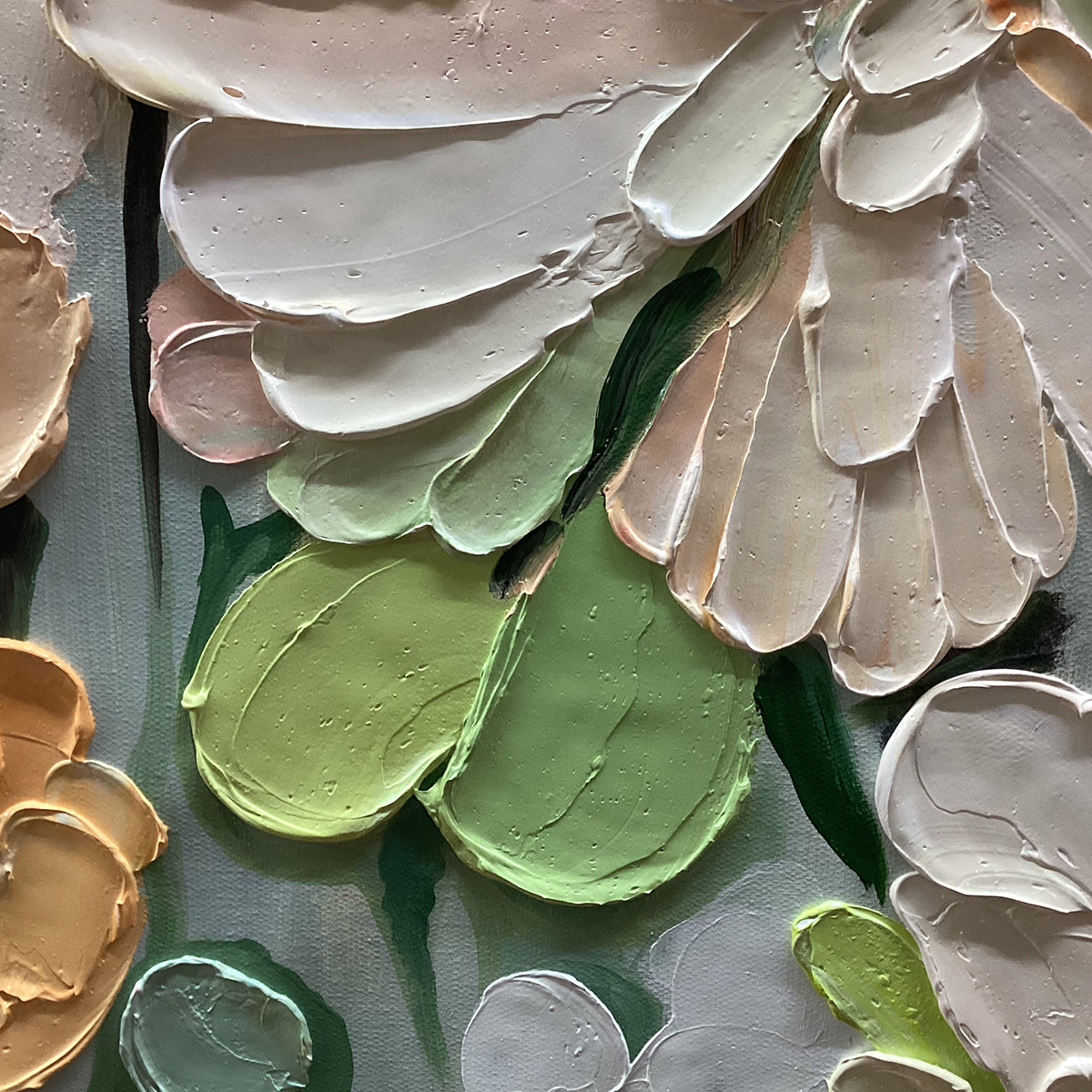Unleash Your Inner Artist: Discover the Secrets of Impasto Painting!
Impasto painting is a captivating technique that sets itself apart through its bold and tactile application of paint, creating a rich visual experience. This method, where paint is laid on the canvas in thick layers, not only adds depth and texture but also allows artists to express their emotions and ideas with a physicality that is both striking and liberating. The beauty of impasto lies in its ability to transform a flat surface into a dynamic landscape of color and form, inviting viewers to engage with the artwork on a sensory level. In this article, we will delve into the intricacies of the impasto technique, tracing its historical roots and providing practical guidance for artists eager to incorporate it into their own creative practices.

Understanding Impasto Painting
At its core, impasto painting is characterized by the thick application of paint, often applied straight from the tube or with minimal thinning. This technique creates a three-dimensional effect on the canvas, where light interacts with the surface in unique ways, casting shadows and highlights that enhance the visual experience. The result is a vibrant and textured artwork that draws the viewer's eye and invites touch. Renowned artists such as Vincent van Gogh and Jackson Pollock are celebrated for their use of impasto, employing this technique to convey emotion and movement within their pieces. Van Gogh's swirling skies and expressive brushstrokes exemplify how impasto can evoke feelings of turbulence and passion, while Pollock's drip paintings reveal the spontaneity and chaos that can arise from thick, layered paint. By understanding and mastering this technique, artists can create works that are not only visually stunning but also emotionally resonant.
The History of Impasto
The origins of impasto painting can be traced back to the Renaissance, where artists began to explore the depth and texture that thicker paint applications could achieve. Over time, the technique evolved, gaining prominence during the Baroque period with artists like Rembrandt, who skillfully employed impasto to create dramatic highlights and emotional depth in his portraits. The technique saw a resurgence in the 19th century with the advent of Impressionism, as artists sought to capture the fleeting effects of light and color in their works. The likes of Claude Monet and Édouard Manet used impasto to convey the vibrancy of nature, while post-Impressionists like Paul Cézanne further pushed the boundaries of texture and form. In modern art, impasto continues to thrive, with contemporary artists exploring its possibilities in innovative and unexpected ways. This rich history showcases the cultural significance of impasto across different eras, reflecting how artists have constantly sought to challenge and redefine their mediums.
How to Use Impasto Effectively
For those eager to experiment with impasto, there are several practical tips to keep in mind. First, selecting the right materials is essential; artists should opt for high-quality oil or acrylic paints, as these tend to hold their shape better when applied thickly. Palette knives and stiff brushes are ideal tools for creating the desired texture, allowing for expressive strokes and layering. When starting, it's beneficial to work in layers, allowing each application to dry before adding additional paint. This approach not only helps to build up texture but also allows for better control over color mixing and composition. Start with a base layer of paint and gradually add thicker applications to create depth. Additionally, consider the composition of your piece—using contrast in colors and shapes can enhance the impasto effects, drawing the viewer’s eye and creating a focal point. Lastly, don’t be afraid to experiment; impasto is as much about intuition as it is about technique, so embrace the process and allow your creativity to guide you.
Common Mistakes to Avoid
As with any artistic technique, there are common pitfalls to watch out for when trying impasto. One frequent mistake is overworking the paint; while it can be tempting to keep adding layers, this can lead to muddied colors and a loss of texture. Instead, focus on applying paint in distinct layers and allowing each to dry before adding more. Another common issue is not using enough texture; impasto is about creating a tactile experience, so don’t shy away from applying paint generously. If you find yourself hesitant, consider practicing on a smaller canvas to build your confidence before tackling larger projects. Lastly, keep in mind the importance of planning your composition; without a clear vision, the spontaneity of impasto can lead to chaotic results. Take the time to sketch out your ideas and think about how the textures will interact with one another.
Unlocking the Power of Impasto Painting
In summary, impasto painting is a powerful technique that offers artists a unique way to express their creativity and emotions. By understanding its history, mastering its application, and avoiding common mistakes, you can unlock the potential of this expressive method. Whether you're a seasoned artist or just starting out, impasto invites you to push the boundaries of your artistic practice and explore the beauty of texture and depth. So, pick up your palette knife, mix those vibrant colors, and let your inner artist shine as you embark on your impasto journey!








